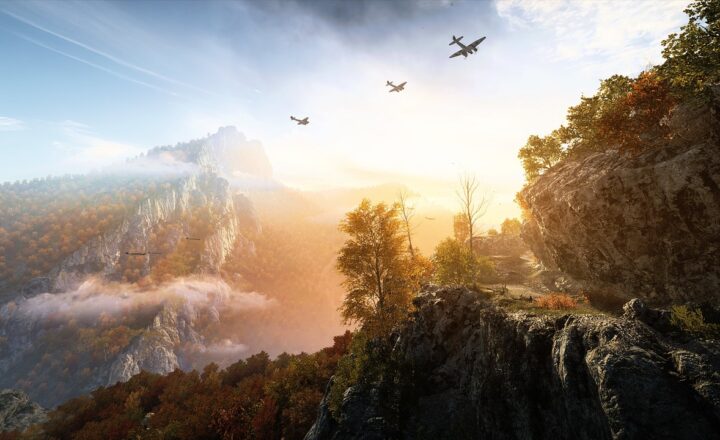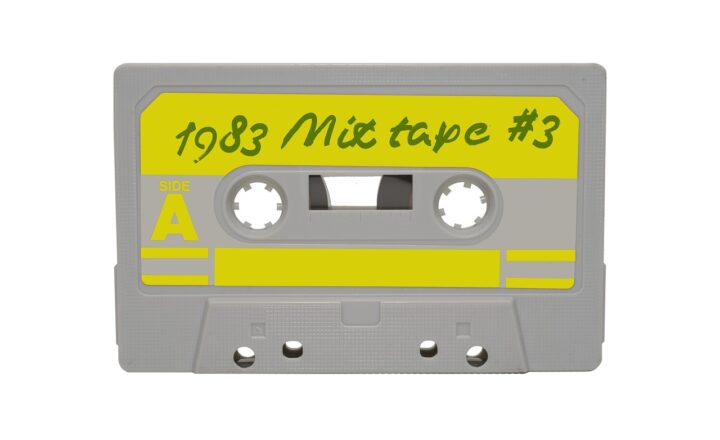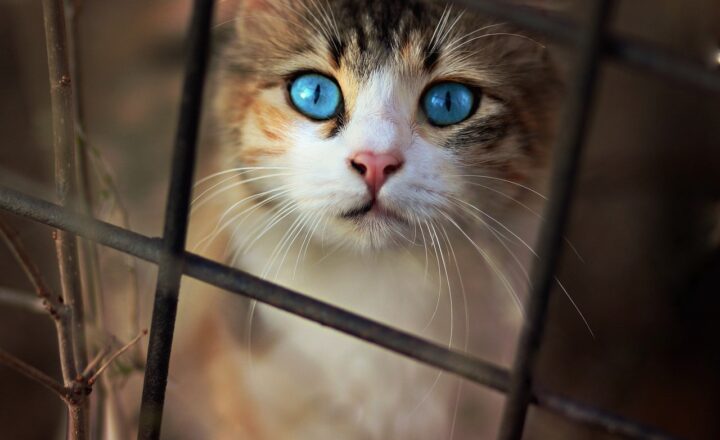Unraveling the Intriguing History of Your Favorite Cartoon Characters
November 18, 2024

Cartoons have been an integral part of our childhood, evoking a sense of nostalgia and joy. Each character we’ve grown to love has a complex story that reflects the evolving landscape of culture, technology, and entertainment. In this article, we will delve into the intriguing histories of beloved cartoon characters, exploring their creation, evolution, and the cultural impact they’ve had over the decades.
1. The Golden Age of Animation
The journey of cartoon characters began in the early 20th century, marking the start of the Golden Age of Animation. This era produced iconic characters that have left a lasting footprint in pop culture.
- Walt Disney and Mickey Mouse: Arguably the most famous cartoon character, Mickey Mouse was created in 1928 by Walt Disney and Ub Iwerks. Initially, he was portrayed as a mischievous character in short films. Mickey’s personality evolved from wild antics to a friendly, optimistic figure that later became the face of The Walt Disney Company, symbolizing happiness and joy for generations.
- Looney Tunes: Characters like Bugs Bunny and Daffy Duck debuted in the 1930s, created by Warner Bros. Bugs, known for his catchphrase “What’s up, Doc?”, reflected the cool, nonchalant attitude of the time, while Daffy’s clumsy antics added humor to the mix, leading to their ongoing rivalry that remains a staple of comic relief in cartoons.
2. The Evolution of Characters: Adaptations and Innovations
As the decades passed, cartoon characters underwent transformations that mirrored societal changes and technological advancements.
- The Rise of Television: In the 1950s, cartoons jumped from the silver screen to television screens. Characters like Fred Flintstone and Scooby-Doo made their mark, adapting to the changing consumption of media. The Flintstones presented a modern Stone Age family, while Scooby-Doo combined mystery with comedy, capturing viewers’ imaginations.
- Disney Renaissance: The late 1980s and early 1990s saw Disney revitalizing its animated legacy with films like “The Little Mermaid” and “The Lion King”. Characters like Ariel and Simba resonated with audiences through their deep narratives, reflecting a push for more relatable and inspiring protagonists.
3. Cultural Reflections in Cartoon Characters
Cartoon characters often serve as mirrors of societal values and culture.
- Diversity in Animation: As social movements gained momentum, characters like Mulan and Tiana were introduced, celebrating cultural representation and the breaking of gender stereotypes. Mulan’s bravery and Tiana’s hardworking nature empowered young audiences to value strength, resilience, and diversity.
- Satire and Social Commentary: Characters like Homer Simpson from “The Simpsons” provided a satirical look at American life, highlighting social issues while maintaining humor. This trend continues in shows like “South Park” and “Futurama”, which tackle contemporary topics through the lens of absurdity and wit.
4. Iconic Characters and Their Enduring Legacy
While new characters emerge continuously, several classic personalities have retained their popularity through various mediums.
- SpongeBob SquarePants: Debuting in 1999, SpongeBob, with his infectious positivity and childlike wonder, rapidly became a cultural phenomenon. His adventures in Bikini Bottom resonate with both children and adults, promoting messages of friendship and perseverance.
- Peppa Pig: This modern classic focuses on simple yet relatable family scenarios, appealing to preschoolers with its charming animation and lessons on family values and basic social skills.
5. The Future of Cartoon Characters
With technology continuously evolving, the future of cartoon characters lies in innovation and adaptation.
- Animation Techniques: Advances in CGI and 3D animation have redefined how characters are brought to life, allowing for more intricate and detailed storytelling. Shows like “Toy Story” have set benchmarks for future animated films, blending technology with artistic vision.
- Digital Platforms: The rise of streaming platforms has created a space for new, original characters and stories. Series on platforms like Netflix and Disney+ provide opportunities for diverse narratives, reaching new audiences globally.
Conclusion
The history of cartoon characters is a fascinating tapestry woven with creativity, cultural significance, and technological evolution. From Mickey Mouse to SpongeBob SquarePants, these characters remind us of our shared experiences, providing laughter, lessons, and, sometimes, a touch of nostalgia. As we continue to embrace new stories and characters, their impact remains a testament to the power of animation in shaping our culture.
Whether encouraging values of friendship, resilience, or embracing diversity, cartoon characters will always hold a special place in our hearts, continuing to evolve alongside us. As we move forward, let’s celebrate the rich histories and legacies of our favorite animated personalities, ensuring their stories remain alive for generations to come.







